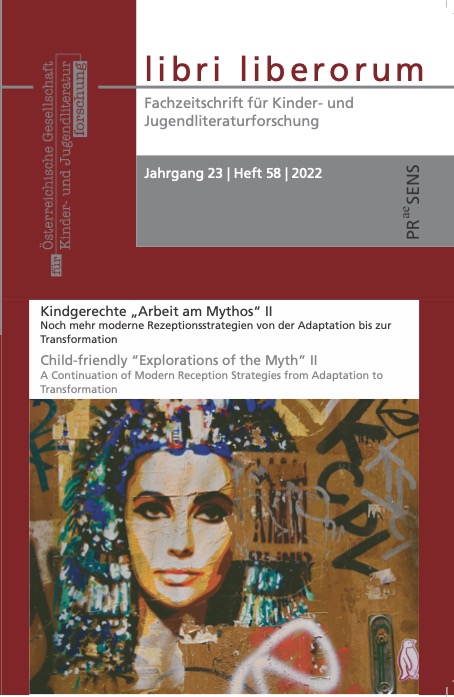Metafiction and Genre Hybridity in Naoki Urasawa’s Book The Nameless Monster by Emil Sebe
DOI:
https://doi.org/10.25365/lili-2022-58-2Keywords:
metafiction, genre hybridity, monster, manga, picturebooks, Naoki Urasawa, children’s literature in JapanAbstract
The Nameless Monster (2008) is a fictional picturebook written by Naoki Urasawa, but authored both by him and Emil Sebe, and it appears in the Japanese popular manga series Monster (1994- 2001) by Naoki Urasawa. The picturebook is very particular as it is a compilation of short stories and documents, which narrate the darkness of human nature, the theft of identity, monstrous destruction, and annihilation of life through children picturebook aesthetics. The following paper will attempt to define who is its implied reader, focusing on the boundary of metafiction and genre hybridity, and by analysing the book’s materiality, marketing, the publisher’s paratext and intertextuality through close reading. I conclude that this picturebook’s implied reader is an experienced adult reader who is very familiar with the Monster universe and can decodify the metafictive and genre hybridity codes in the text, and that it is an adult picturebook disguised as a children’s book, which sends the message to its readers about the child’s condition.
Additional Files
Published
Versions
- 2022-10-31 (2)
- 2022-07-04 (1)



